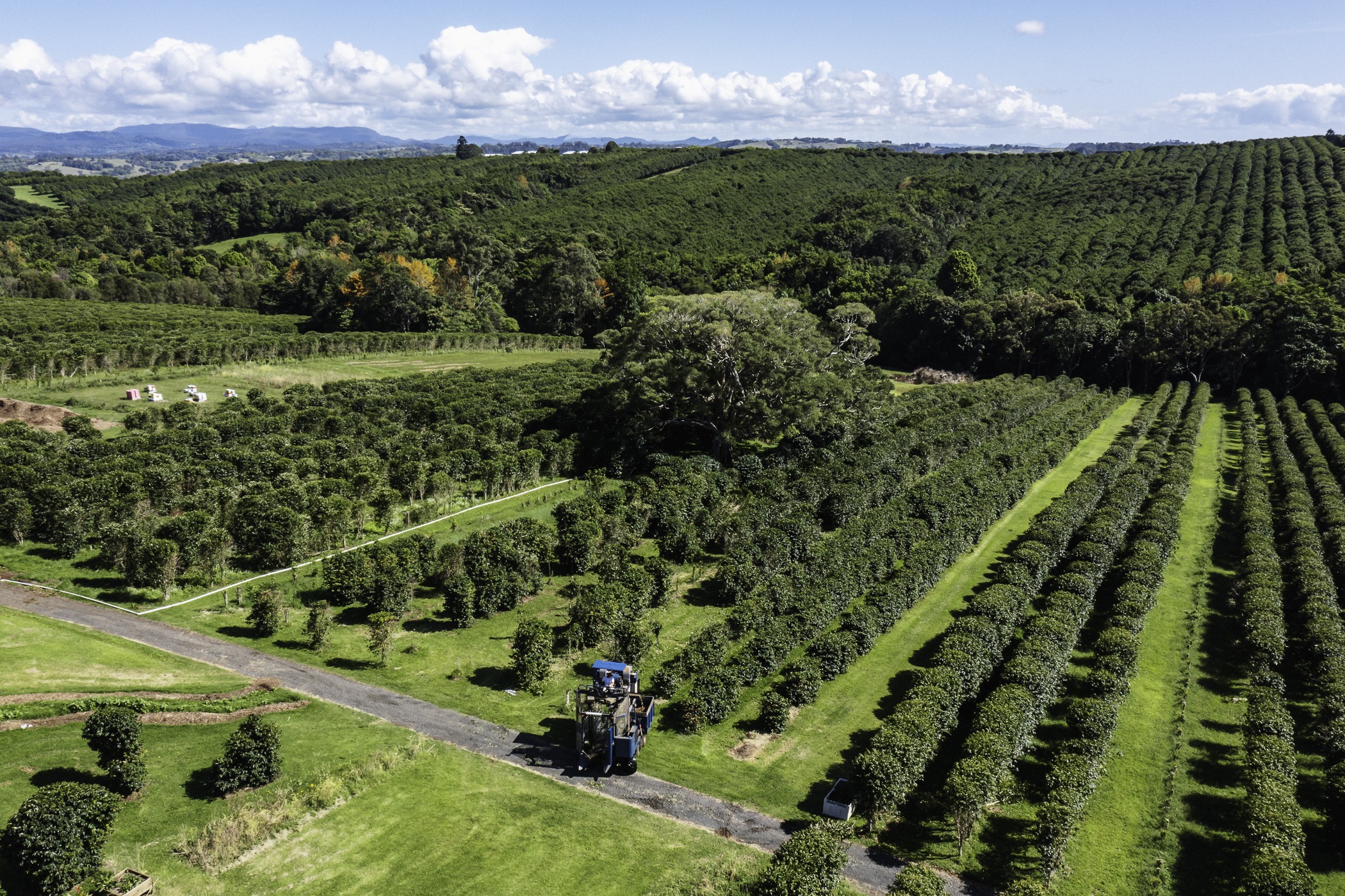
3 reasons why our home grown Aussie coffee is rarer than ever
- The trees on our farm are 30- 35 years old. The arabica varietals that were chosen as most suitable (by the NSW Department of Ag back in the mid 80’s) for being high yielding, disease resistant and of proven good taste and – grow too high, too quick in our cooler subtropical conditions. Trees past 10 years old also dont produce as much fruit as young trees.
- Flowers set on the previous year’s new growth of the branches. Most of this growth is at the top of the tree, so most of the coffee fruit is now high up on the tree.
- Our trees are getting too high for even our 3m+ tree height allowable harvester. We pruned only 2 summers ago, but they re-grew fast with all the rain of the first 6 months of 2022. When you see the main lot of coffee fruit set up high in the tree, it is hard to be tough and cut real low. We are now pruning at waist height or lower. After pruning we have to wait 3 years before we get a crop – first the tree sends new shoots up, then branches form like arms stretched out, then flowers set that following summer; and finally ripe fruit will be ready a full 11 months later, the following spring. So 3 years crop loss after pruning!
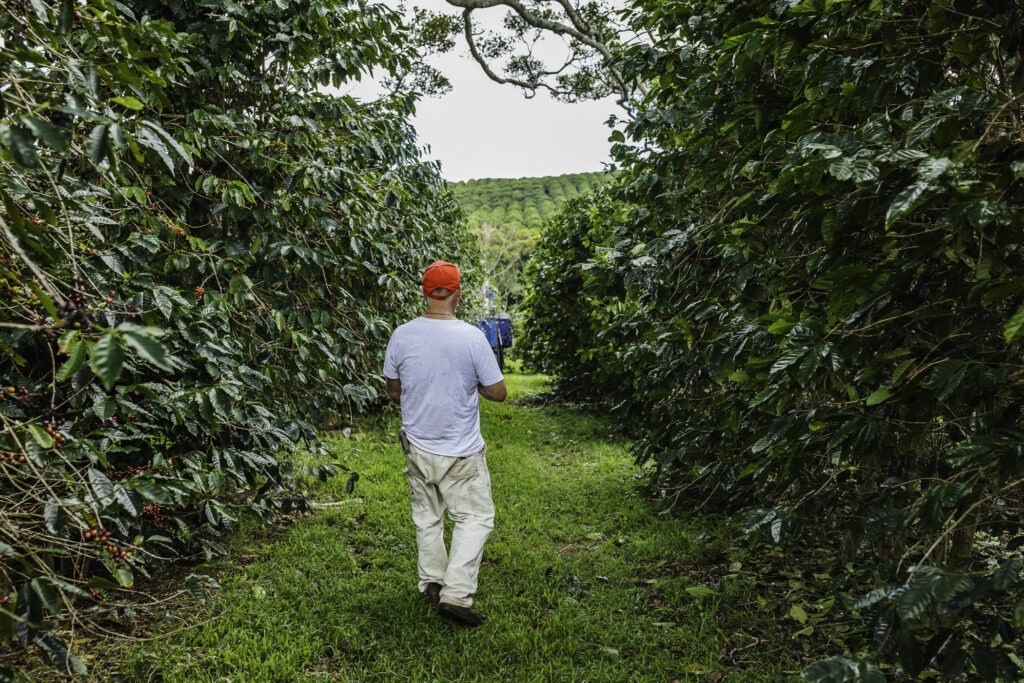
Some trees are so woody or unproductive, they arent worthwhile at all and are getting removed. Plenty of established coffee growers are doing that across their farm. Pruning hard, removing trees.
So there is less Australian coffee available – it is rarer than ever, whilst demand for our home grown is growing more than ever.
We have always supplemented our crop, with buying from other Aussie growers. The price we’ve been paying is now truly reflecting it’s scarcity, whilst the costs of production keep on rising significantly. Just like the year before, this last spring harvest we willingly paid an extra premium of $2more/ kilo above the premium we had been paying for raw green bean Australian estate coffee. The recent price rise through our online store reflects that as well as the myriad of business costs that have risen, including all utilities, fuel, labour, packaging, farm equipment, all inputs and freight.
But still, the greater issue is there is not enough supply.
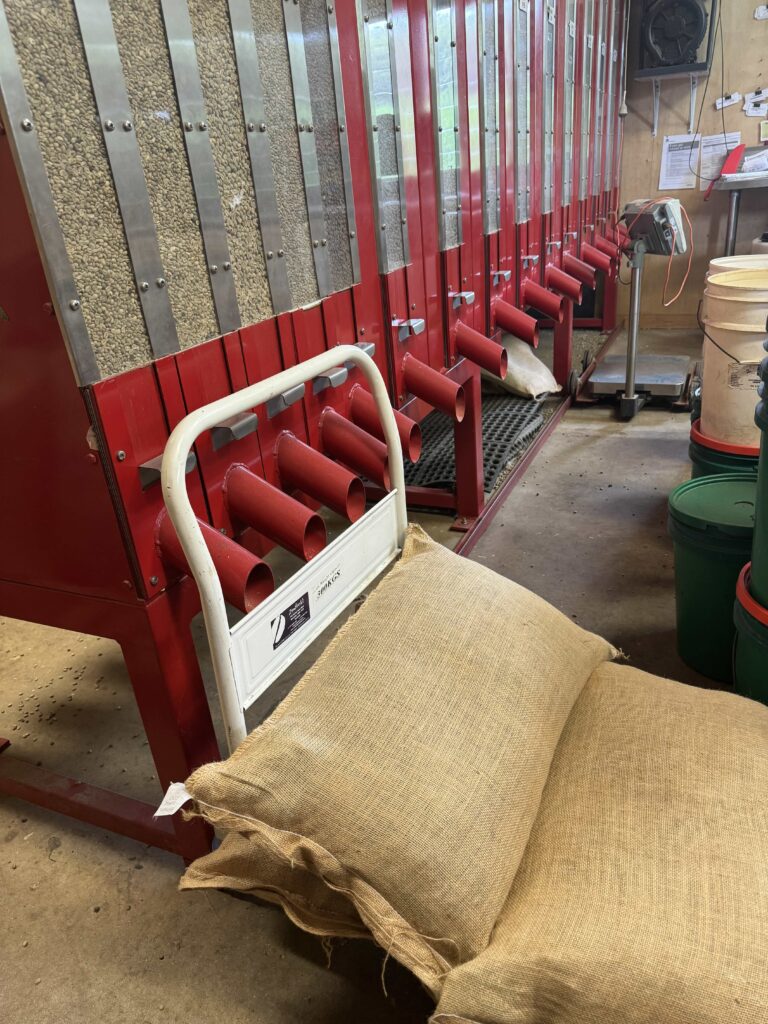
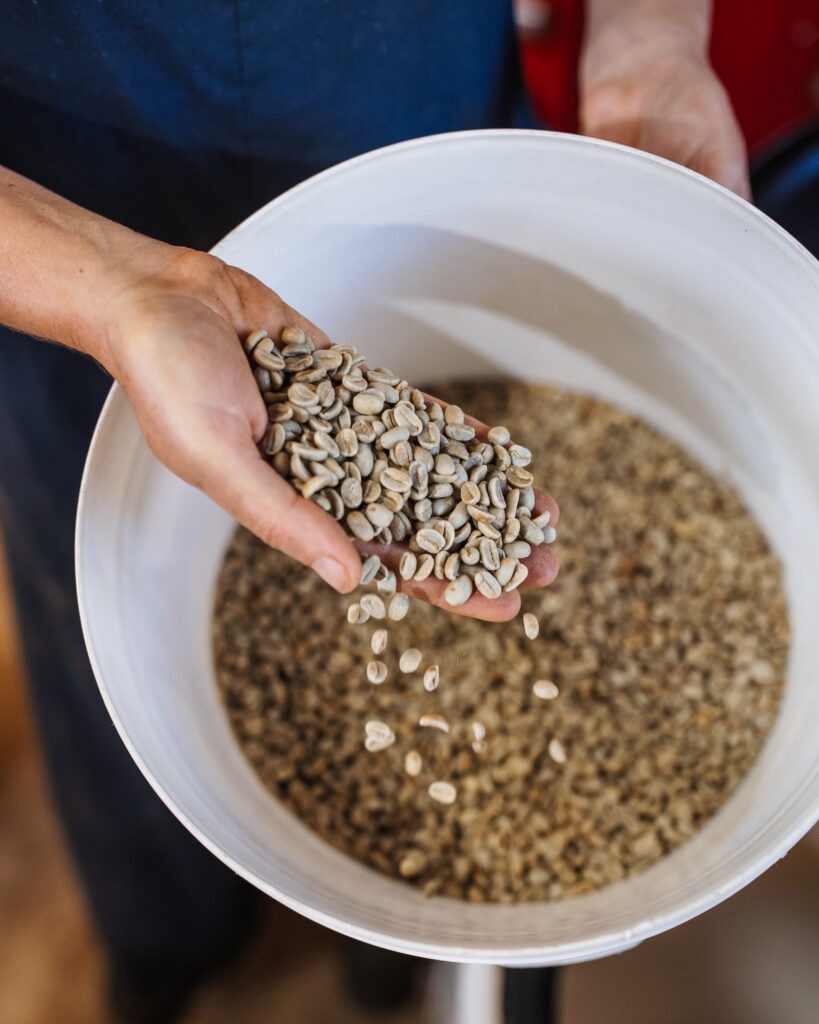
I used to get 40 tonne, from just one Qld grower, now I am roasting up their last 5 tonne with the possibility of no more supply. I used to buy from 15 local Northern Rivers growers. Now, 1.
This is pretty dire in terms of supply!
Other Australian coffee farms in the same boat as us – with older trees, facing similar challenges. Most Australian coffee farmers that started in the 90’s are now at true retirement age, and unlike us, do not have a next generation on the farm to continue with the range of skills needed to look after the farm business and equipment, to manage the crop needs, and hopefully do so with consideration for soil health and care for the land and waterways they look after. To spell out the obvious – it’s a full year of effort on the farm – all costs, no pay. There will be technical issues, break downs, difficulty sourcing parts, birds/ insects/ animals (eating young leaves, ripe fruit or breaking branches) and weather wreaking havoc at any time. And they had better hope that they had taken good care of the crop and the weather was mostly kind right through harvest and processing time, because they will want to ensure a super high quality bean is produced at the end of the season. One that is worthy of the premium they need to cover the costs through the year and hopefully provide some measure of income for their good efforts!
Add the odd year without a harvest at all (no flower set as happened in 2022 ).. and honestly, one wonders who would Be Crazy Enough To Be An Australian Farmer! Goodness knows we all need our Aussie farmers to grow our food, coffee, grapes, grains and hops. What if ‘the gates were closed’ and we couldn’t import what we consume in our daily cup? But I digress and dont wish such grimness upon on us. 🌱🌳☕️🫤
Do you know how much coffee is actually grown here? Currently, not much. Even though we have a really good tick the box list of why we should!
So far – Australia is free of coffee rust disease and berry borer. ✅ naturally cooler subtropical conditions produce naturally sweet coffee and lower caffeine arabica . ✅ coffee that can be grown without harmful pesticides or any herbicides apart from select invasive weeds/grasses ✅ proven terroir and quality characteristics ✅ high value with enormous demand from Australian consumers, both for business and home ✅ import replacing with export potential ✅ Australian made and imported harvestors plus professional processing equipment maximise profit potential for professional minded growers ✅ and now new shorter statued, proven varietals ready to grow the industry! ✅

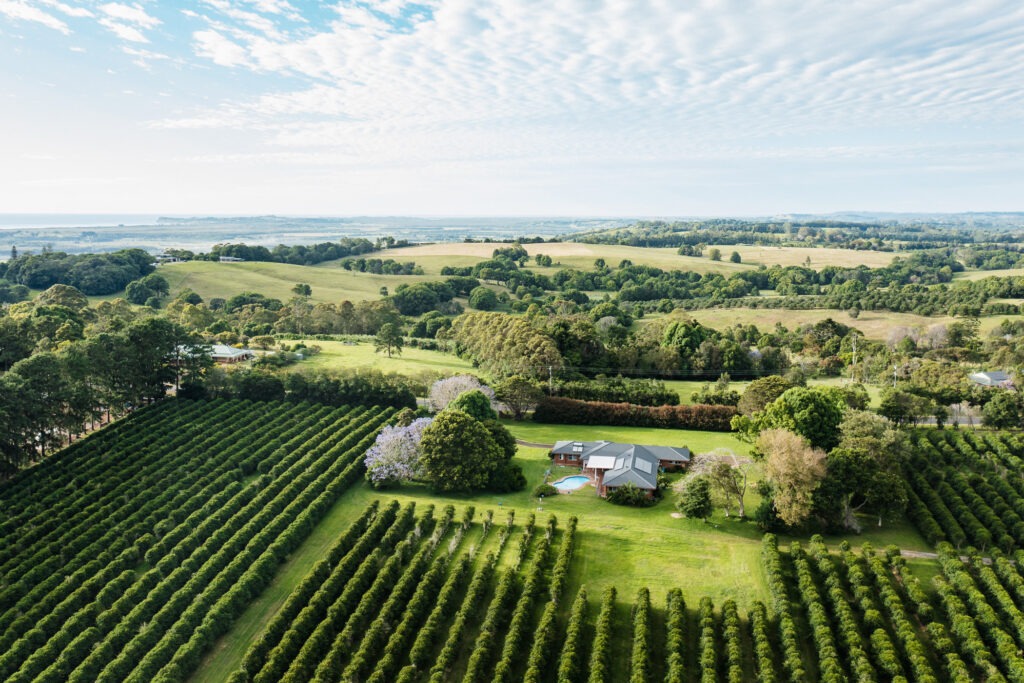
So why don’t we grow enough coffee? One reason is .. land value.
The terroir conditions most suitable for growing quality arabica coffee in Australia has been on the volcanic soils, gentle undulating hillsides such as ours in the hills behind Byron Bay, at Qld’s Sunshine Coast, or up on the Tablelands behind Cairns. All of which is now valuable land – sought after by ‘lifestylers’ and as wedding and high end accommodation businesses. Now worth millions, new buyers of our smaller 20 -100acre lots of the Northern Rivers NSW region are generally not interested in being farmers. I will put it bluntly. They are more interested in growing a big house rather than growing fruit trees, such as coffee for a living.
The way forward : There is hope!
Research findings just released from Southern Cross University and Agri-Futures Australia in October 2023 have found that Australian coffee does have a unique terroir – unique tasting notes due to where it is grown : sweet fruit and chocolatey in our NSW conditions whilst sweet and nutty in far north QLD. No wonder we are pleasing tastebuds! We knew our coffee was deliciously sweet – as long as care is taken along the way and roasted well! 🌱 ☕️😁🙌🏼
We Zentvelds plan to be here for a while. With the support of customers and businesses like you, we have built our business up to be the Australian coffee specialists. After 35 years of our family growing coffee and 30 years of roasting, I can confidently say we plan to keep our 50 acres/ 18 hectares land for producing fine coffee for at least another generation.. But given our son has chosen to be an Assistant Funeral Director .. we can’t plan for him to take over any time soon!
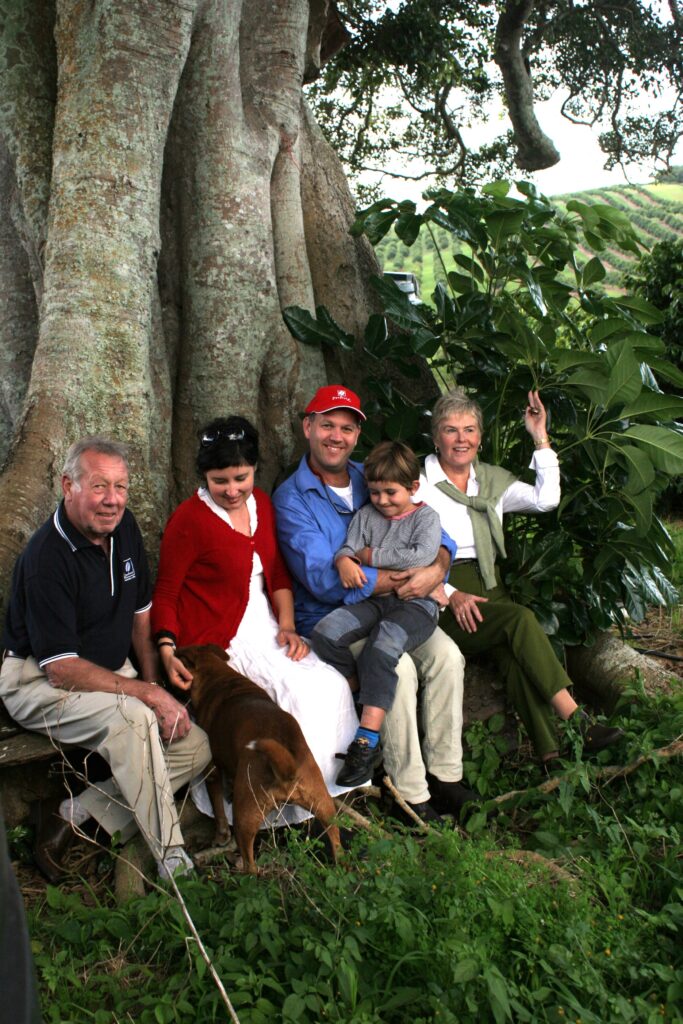
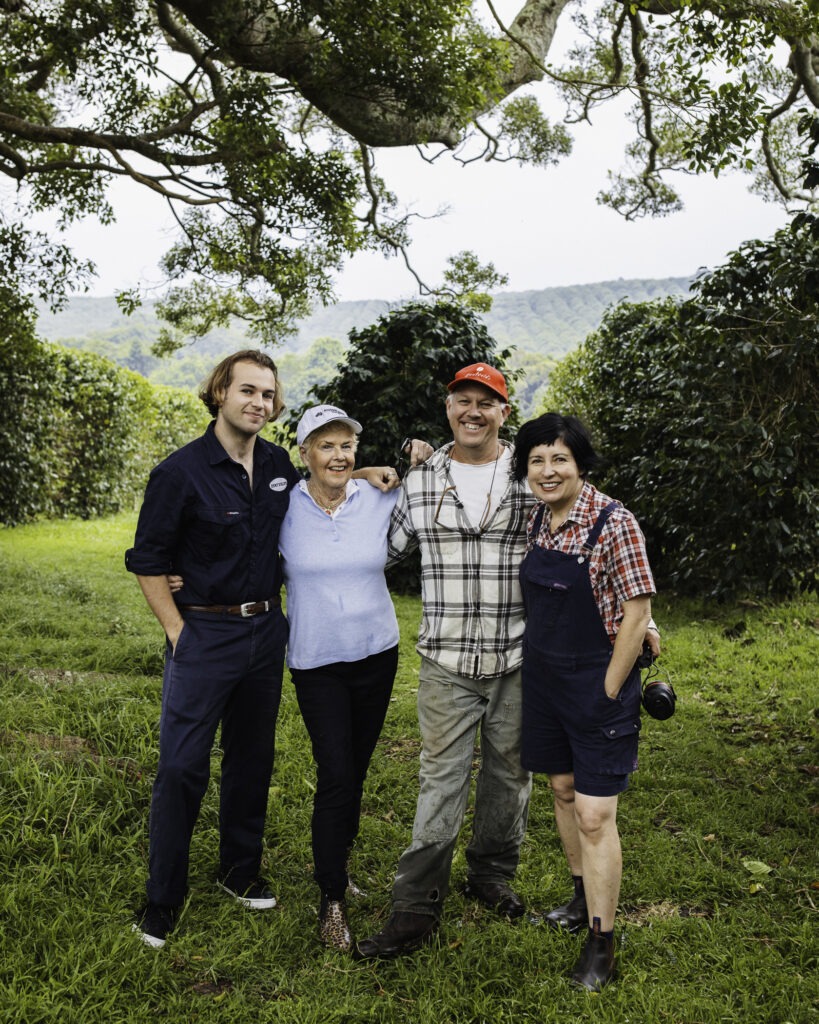
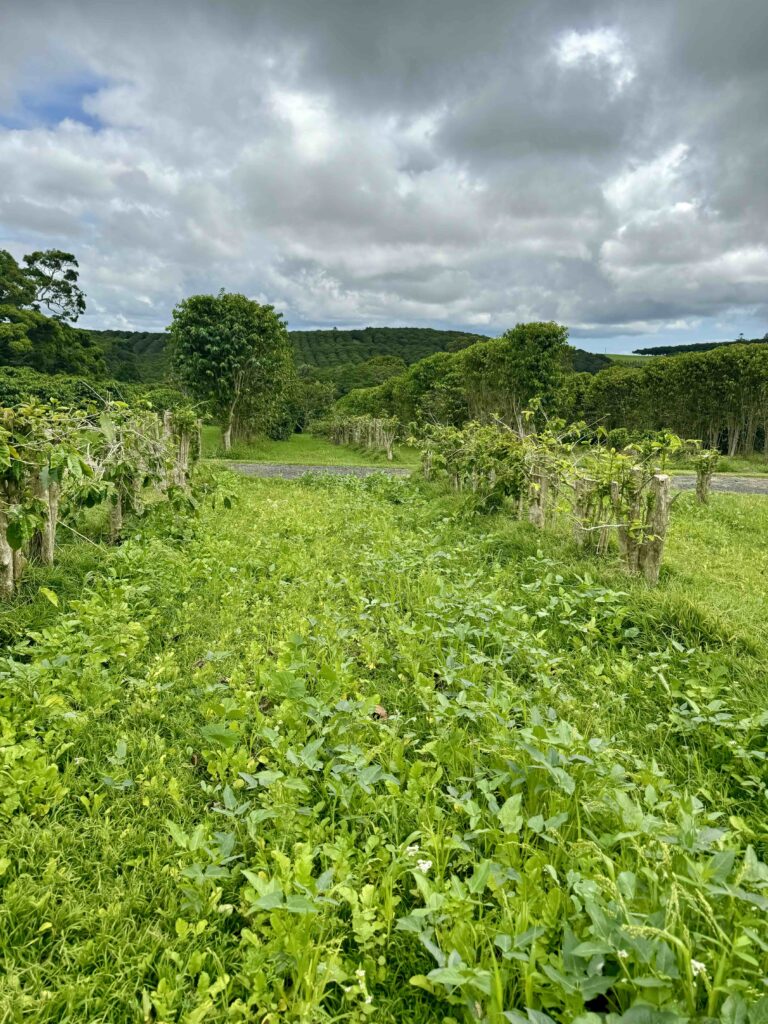
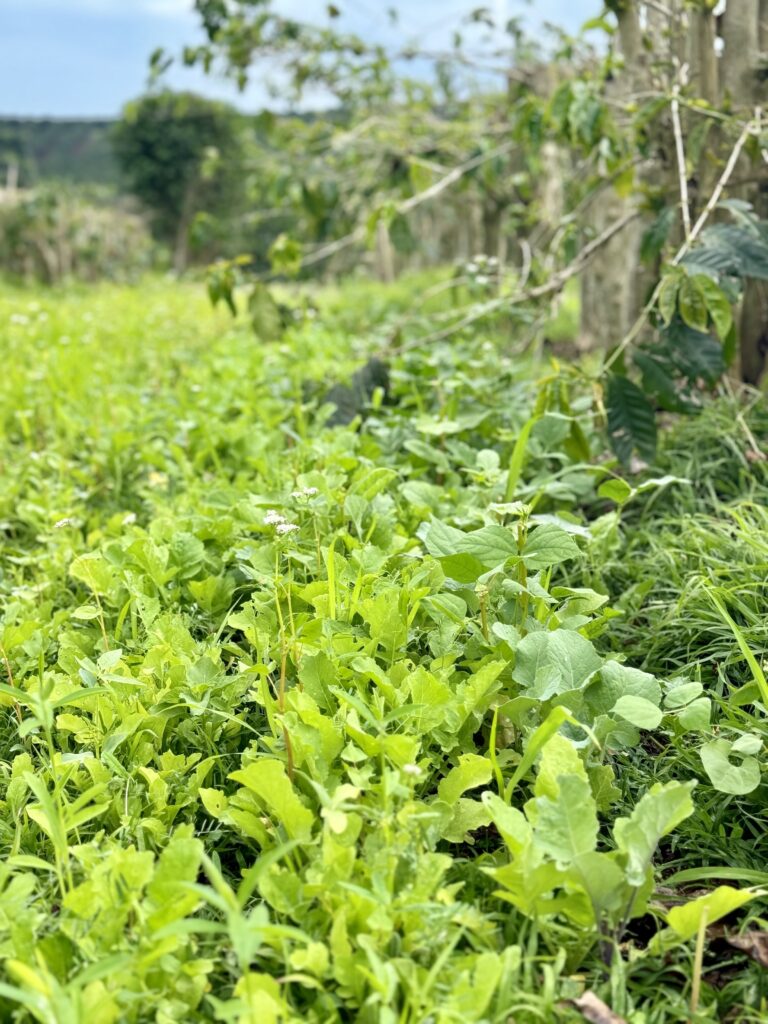
So what are we doing?
- Nige is pruning blocks across our farm, by hand with a chainsaw, right back to hip height or even lower. They are starting to show new growth, which is promising. So hopefully we will prune them into shape and they’ll become productive once again – in 2026 and beyond. (Pruning only a few blocks per year .. so we will always have fruit bearing older trees.)
- We are growing cover crops in between some rows – boosting soil health and biodiversity and preparing the soil naturally for new plantings.
- After 35 years we have access to new varietals that have just become available to Australian Grown Coffee Association AGCA.org members .. so we are propagating those seeds to plant next year.
- The new varietals of Marsellesa and IPR107 and Paraiso have proven high cupping value, are productive, high yielding, yet shorter statured, and have proven disease resistance in other coffee lands. So the future is promising for growing Australian coffee and we AGCA.org are on a mission to spread the word to encourage such a resurgence!
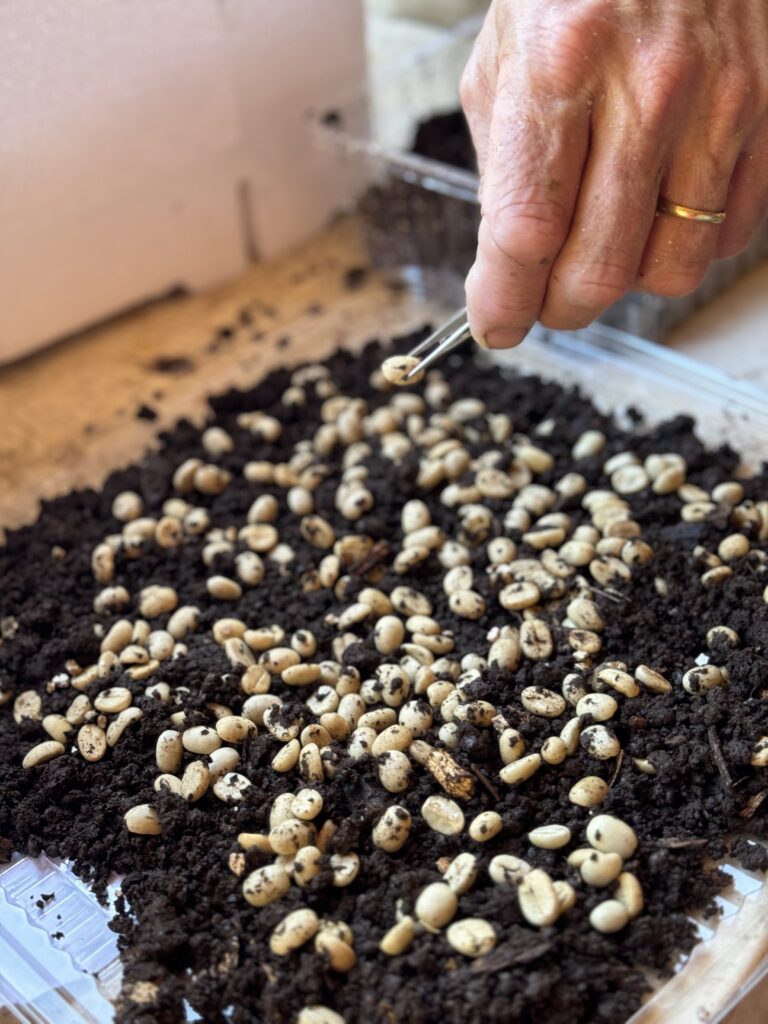
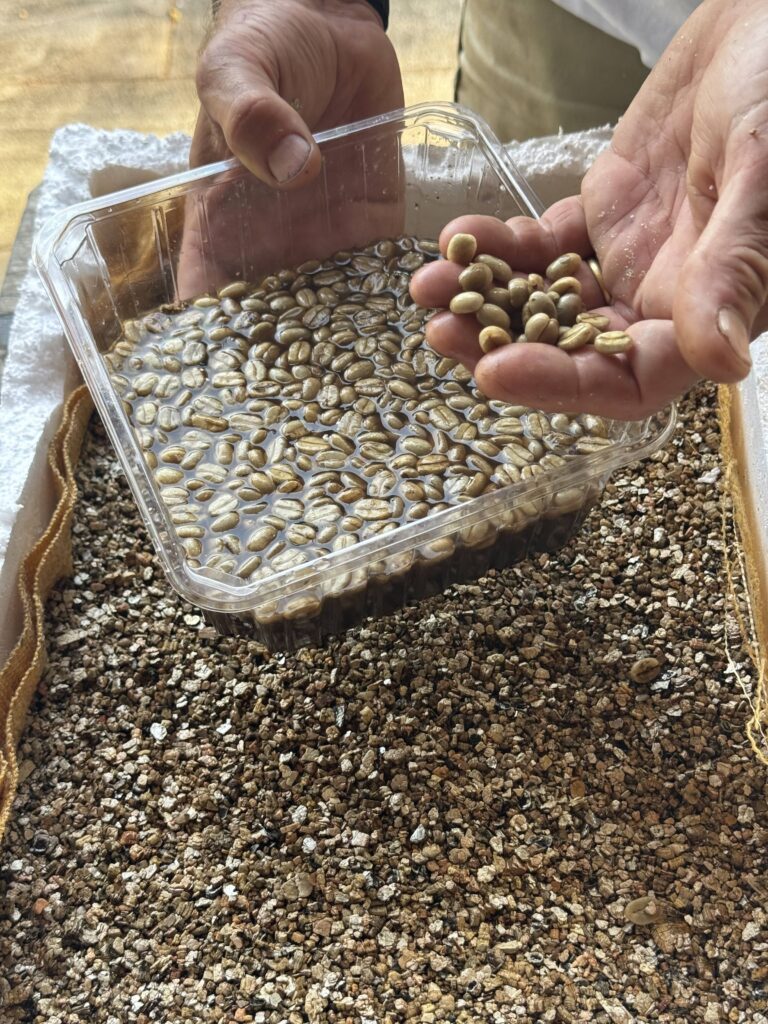
I’ll share more of our new varietals and their progress to seedling stage, in another video.
Finally, we have some alternative fine coffees on offer with our Australian cafe blends. Broken Head and Pacific in particular.
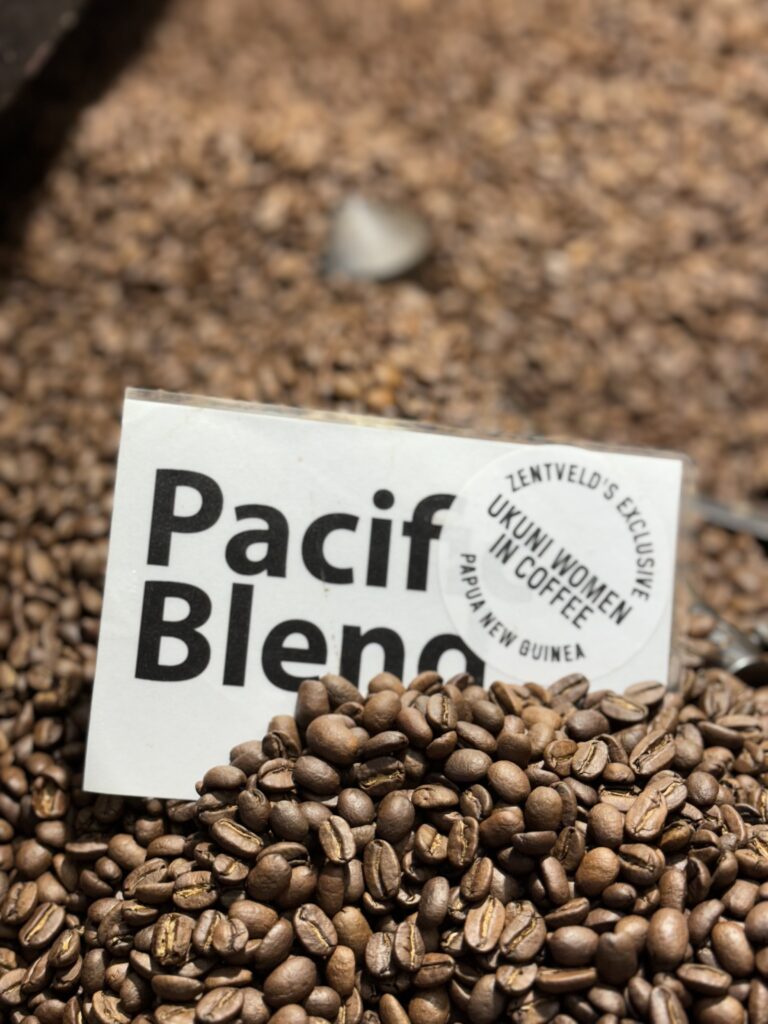
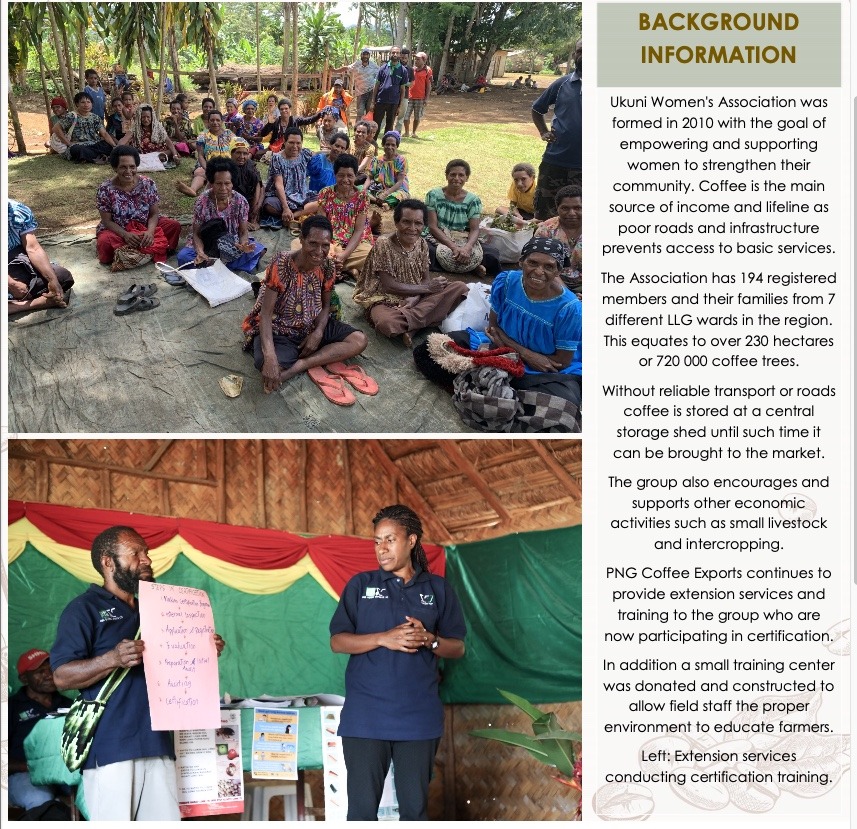
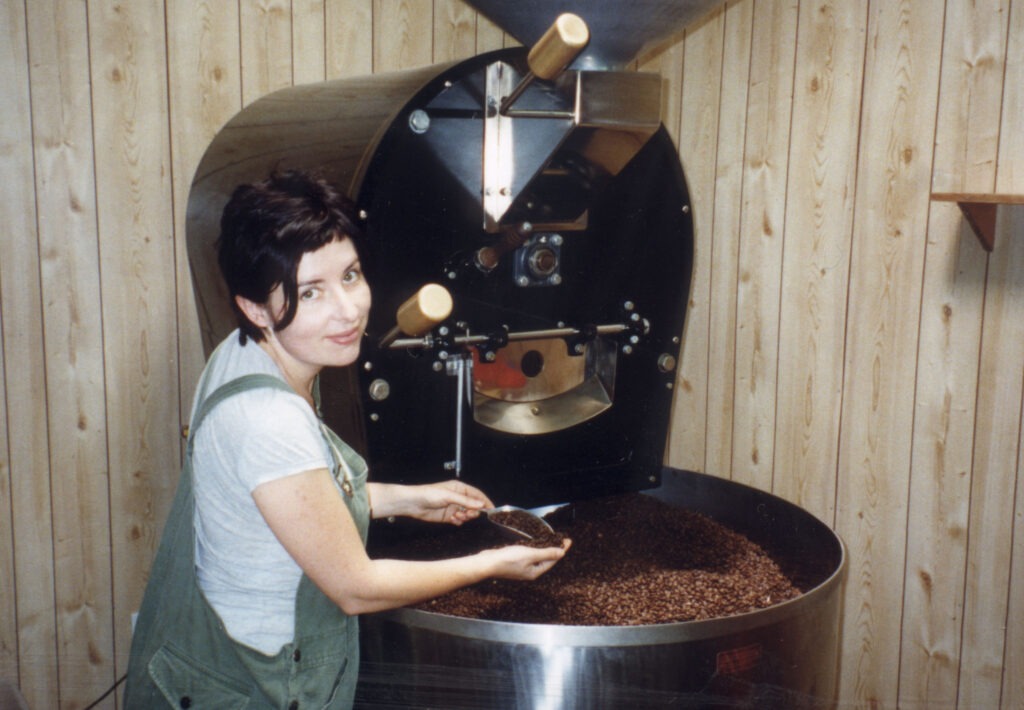
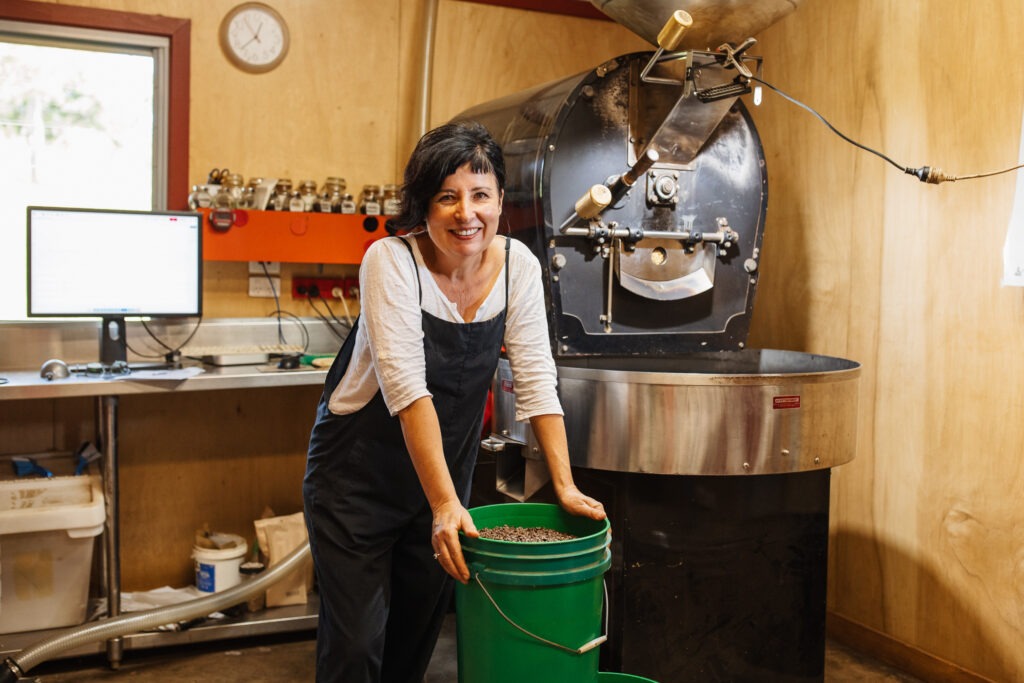
After 30 years, I reckon I can say I developed my roasting skills with Australian grown beans, and established blending skills with selecting beans from near and far over the last 15 years. So give them a go! A bit of Aussie love, shared with a whole world of other coffee lands.
Chosen on good taste first and fair trading principles in mind such as the beans we source exclusively from the PNG Ukuni Womens co-op.
We fully appreciate there is much love for our 100% home grown Zentvelds estate Zero Mile & Matilda, and our farm+ NSW+QLD Ernesto, Reserve and Byron Blends 🙏🏼 .. but please; mix it up a bit, save a few dollars and try our Aussie cafe blends sometime too!

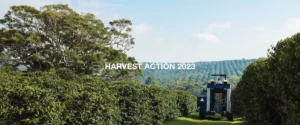
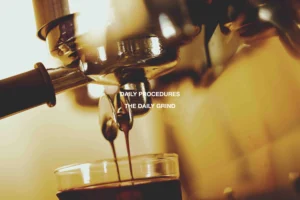

Thanks for the incredible detailed explanation of the challenges you face as a grower. I’m lucky enough to have been drinking your coffee for 20 years now – I love the taste of Reserve 01 espresso (and my new order of 12kg is making its way via Suffolk Park in NSW, Redbank in Brisbane, and Sunshine in VIC before it gets to me, but still less food miles than OS grown and roasted coffee).